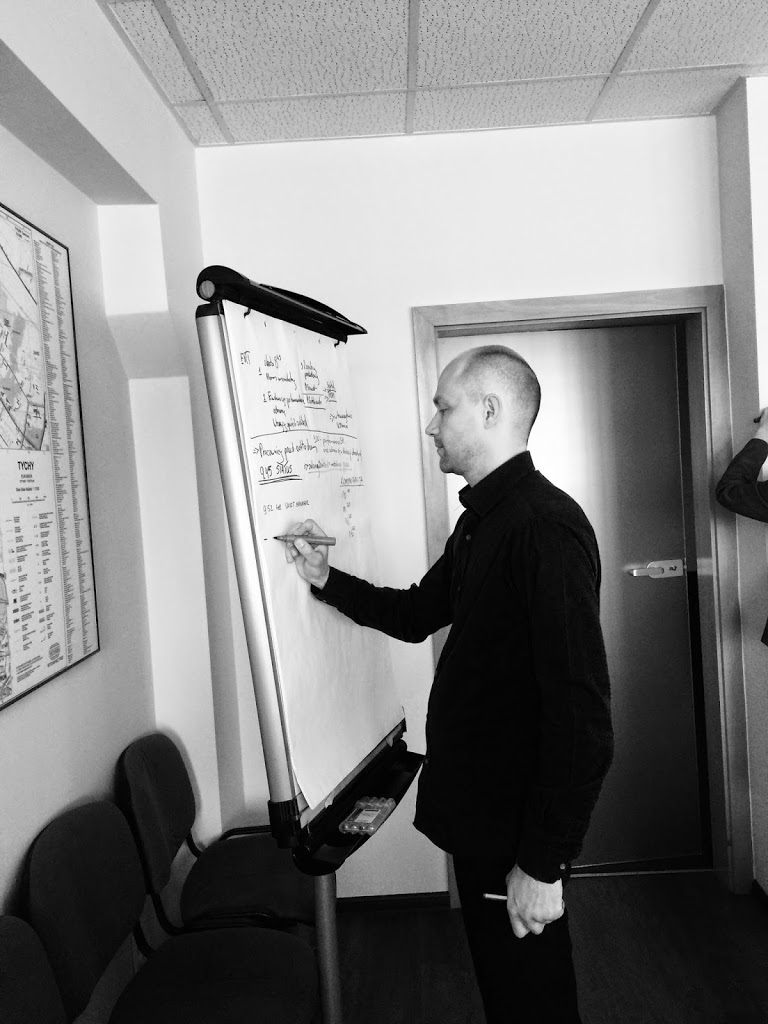Designing Control Centres

There is something to the observation that many organisations fail to put in place all the processes and resources required to enable practical crisis management. Plans provide for a crisis team, often with a control centre location, but miss some of the other practical fundamentals around operating that facility. There is much more to overcoming the confusion, fog and resistance experienced when operating through a crisis than a few top people in a room huddled around a spider phone.
If managers are to lead successfully in a crisis they need support. ISO11064 Ergonomic Design of Control Centres defines the steps in designing a control centre. This effectively breaks the process down into the following phases:
Phase A: Understand and clearly document the role or purpose of the control centre and how it is to fit in with other structures. To arrive at this level of understanding requires time to be spent in research. The aim is to discover the user requirements that will make crisis management better and more structured through the control centre.
Phase B: Analyse the results of the research and try to make sense of them by formulating a series of propositions to cover (1) the system performance, (2) the allocation of functions, (3) defining the tasks and (4) designing jobs and organisational structures for the control centre.
Phase C: A conceptual layout design should be developed and include wider aspects such as the physical attributes of the centre, its furnishings and any specific facilities and amenities.
Phase D: The detailed design phase ensures the conceptual design can be converted into a design sufficient to enable the centre to be built. This includes the development of operating documentation.
Phase E: Once the control centre is up and running and staff have been provided with the opportunity to receive training and to participate in exercises the job is not yet complete. There is a need to review the performance of the facility and the systems within it so as to be able to identify areas for improvement.

